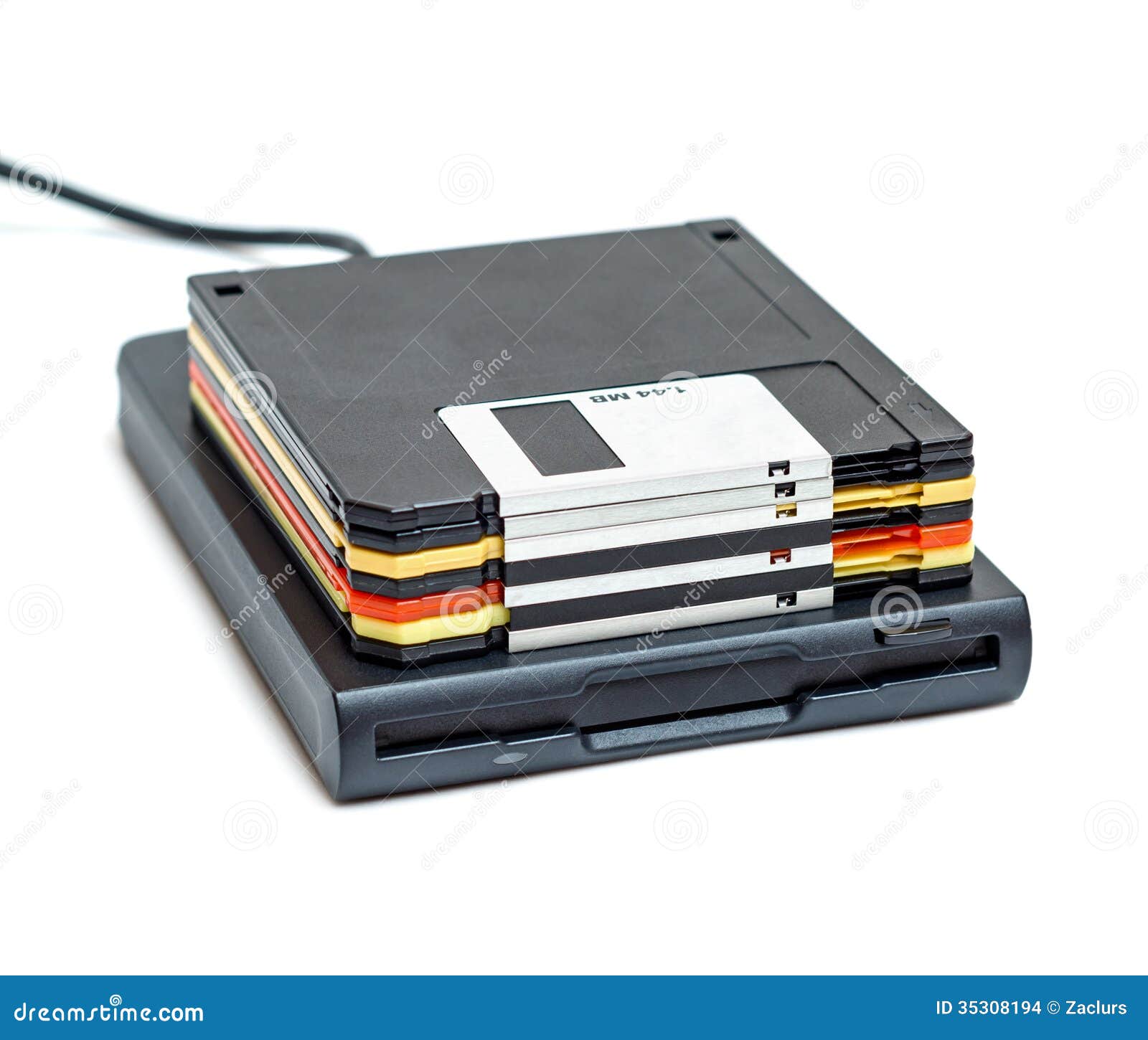At a recent conference for Mac® IT admins, I was asked, “Can you run a VM from an external drive?”
Short answer: “Yes, absolutely. I do this all the time.”

Longer answer: You have always been able to run a Parallels Desktop® for Mac virtual machine from an external drive. In Parallels Desktop 13, this performance has been significantly improved, if your external drive is an SSD drive connected to your Mac by Thunderbolt.
You will need to make sure that your external drive is in FAT 32 format. Goto applications > disk utility > Erase > set to MS DOS For Windows. Caution: You will need to back up your files on your mac first then tranfer back once you have formated the disc in this format.
So that you can see what it’s like to run a VM from an external drive, I made a short video. (See video 1). I have deliberately not changed the video playback speed, or deleted any portion of it, in order for you to get an accurate “feel” of the VM’s performance.
- PROSTER USB Floppy Drive 3.5' USB External Floppy Disk Drive Portable 1.44 MB FDD USB Drive Plug and Play for PC Windows 10 7 8 Windows XP Vista Mac Black 3.5' USB External Portable Floppy Disk Drive OUT OF STOCK.
- EXTERNAL PORTABLE USB Floppy Drive 3.5” Disk Reader For Windows 7/8/10 Mac FDD - $15.48. FREE & FAST shipping always at our store! Buy with 100% risk free! We will full refund you if you are unhappy with your purchase! Product description:This is a CD/DVD read/write drive, is capable of reading data on CD, VCD, SVCD, CDA, CD-R/RW/ROM, DVD±R/RW/ROM/-R DL and writing CD-R/RW, DVD±R/RW/ROM/-R.
Video 1: Running a Windows 10 VM from an external drive
While this is subjective, I think you’ll agree that this VM’s performance looks the same as a VM on the Mac internal storage. For the definitive word on virtual machine performance on a Mac, see this comprehensive MacTech report.
As you can see in the video (at 00:22), Parallels Desktop does alert you when you boot up a VM stored on an external drive. This is so you do not inadvertently disconnect the external drive while the VM is running. (See figure 1.)
Here are the details about the setup for this video:
Parallels Desktop 13.2.0
Amazon External Floppy Disk Drive
Touch Bar™ MacBook Pro® with 16 GB RAM running High Sierra 10.13.1 (with all patches)
External Floppy Drive With Usb
External Drive: SSD2go PKT (1 TB, with USB-C connection)
Windows 10 Fall Creators Update (version 1709) with all patches
Microsoft Office 2016 Version 1710 (Build 8625.2127) with all patches
Microsoft Edge 41.16299.15.0
The easiest way to build a VM that can be used on an external drive is to create that VM in your shared VM folder. Then just move the VM’s pvm file to the external drive, as detailed in this Knowledge Base (KB) article, How to run a virtual machine from network or external mass storage. (If you want to move a VM from your personal VM folder to an external drive, you may need to adjust the VM’s permissions as detailed in the KB article, How to share virtual machine with several user accounts on a Mac.)
I hope this helps you manage the limited storage on your Mac, since you can move an infrequently used VM to an external drive and still use it without a noticeable performance penalty.
Let us know in the comments if you store some VMs on an external drive and what your experiences have been.
5.25 External Floppy Disk Drive
If you want to try running a VM from an external drive with Parallels Desktop 13, feel free to get started with our free, full-featured 14-day trial.